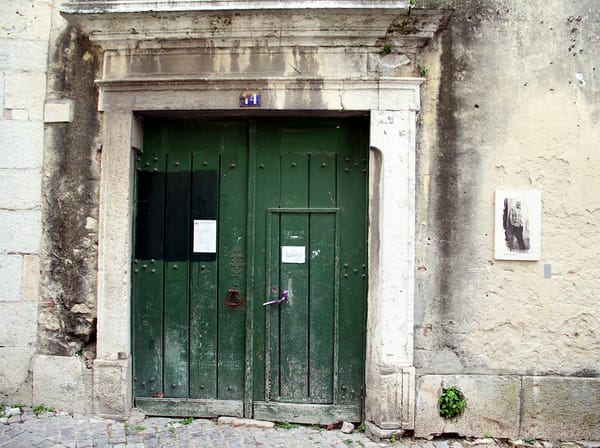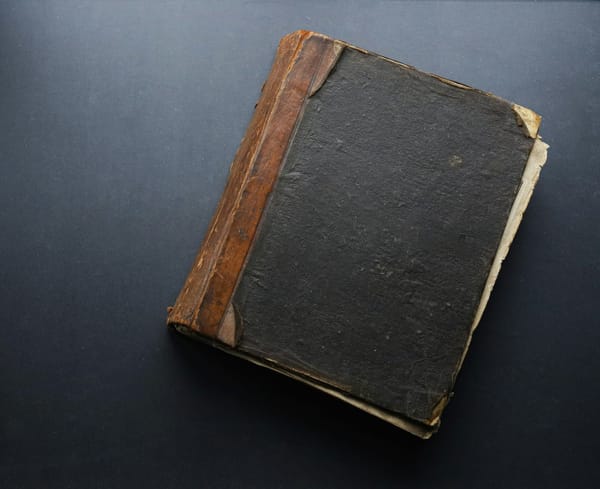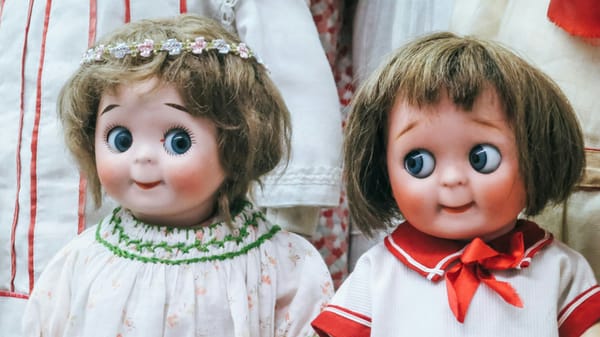Otaku and the Lugger
Casually primping her hair and fluttering false lashes, Priscilla vacuously offered her mirrored image another small air kiss. “Yes,” she silently mouthed towards her reflection, “you are gorgeous.” Her long index finger gently ran over the rise and fall of each perfect orb of the strand of South Sea pearls on her neck. The nacre was lustrous after the recent cleaning and valuation at a high-end jewellery store in Perth. Receiving the pearl necklace in the will had been quite unexpected; she had rarely met her great aunt, and knew nothing about her string of pearls. At 23 years of age, Priscilla’s tastes were bling and glitz; her abiding goal in life was to be selected as a contestant in Married at First Sight. Truthfully, she was aghast at inheriting her great aunt’s antique pearls… until she had them valued!
Cultured pearls are farmed, and quite plentiful. However, a string of naturally occurring South Sea pearls from Broome, acclaimed for being some of the world’s largest, was very rare. Reasonably uniform in size, the jeweller had valued Priscilla’s inheritance in excess of A$50,000. This was money beyond her wildest dreams. Should she keep them as a family heirloom she mused briefly? Not bloody likely she quickly decided… fame beckoned her on reality TV, and this windfall could be a key to becoming noticed.
There was a series of pre-determined tugs on the rope from 40 metres below the waters off Broome. On board the wooden sailing lugger, the crew of 5 Japanese pearlers responded by hauling the diver upwards and onto a deck awash with pearl shells. The diver had signaled that a white pointer shark had been circling him and he needed to surface quickly. The crew removed the helmet, air hose, lead boots and canvas suit, and Otaku Tairo emerged after his 35th dive that day. His bag of new shells was emptied amongst others yet to be opened by the crew. In 1910, Broome was the largest pearling centre in the world and its mother-of-pearl shell met the global demand for buttons and furniture inlay. Naturally occurring pearls, by-products of irritation within the shell, were very rare and considered a bonus.
Indentured in 1904 as a shell diver from the poor region of Wakayama in Japan, Otaku had been exempt from the 1901 Immigration Restriction Act. Such was the clout of the burgeoning pearl industry. He would never have known that a shell from his last dive contained a natural pearl which, 110 years later, would end up strung magnificently around the neck of a would-be MAFS contestant whose emotionally stunted life had been a conga-line of poor decisions.
A confluence of factors contributed to the onset and rapid deterioration of Otaku’s health. His rushed ascent to the surface, months of multiple dives, combined with 35 dives over too little time that day, caused minute nitrogen bubbles to form within his body before the excess nitrogen could be absorbed. Bubbles began entering many of his major organs and the first symptoms appeared when Otaku became dizzy and lay on the lugger’s deck amongst thousand of shells. He knew the cause. When he began vomiting and complained of numbness in his arms and legs, the Japanese crew vainly hoped the symptoms would subside. They knew Otaku had the bends. The sail on the heavily laden lugger was hoisted and it slowly slapped its way across 8 miles of Indian Ocean towards the sanctuary of Broome’s harbour. Before reaching land again, Otaku Tairo had lapsed into unconsciousness and he died shortly after being stretchered ashore.
The Japanese were the most capable and sought-after divers in the halcyon years of pearling. Each year, more than 10 percent of Japanese divers suffered fatal attacks of the bends and Otaku became just one of the more than 1000 Japanese graves in the Broome cemetery. In the fulfillment of European vanity, that’s over 1000 indentured servants who gave their lives in Broome alone. Existences that a world of Priscillas would prefer remained conveniently and blissfully hidden. Collateral damage is a small price for looking fabulous. Isn’t it?


